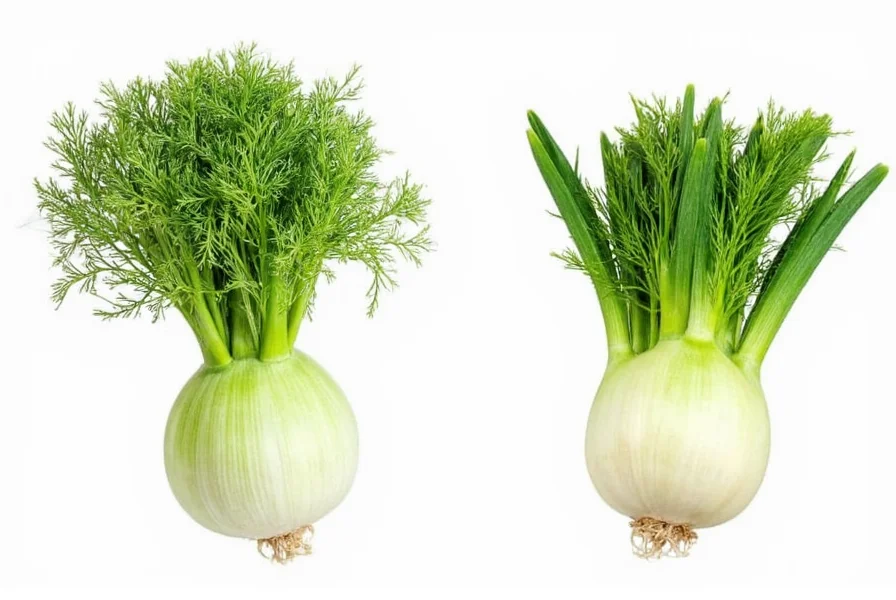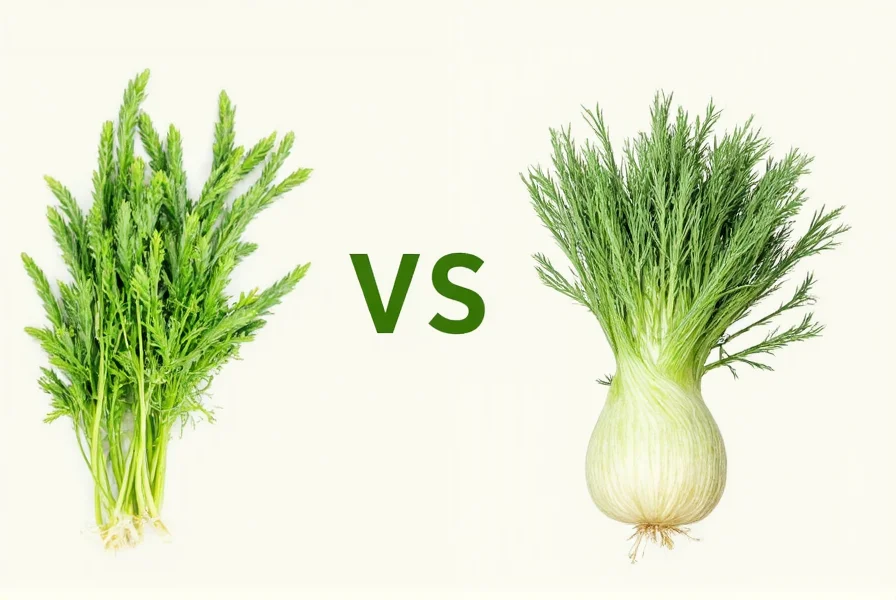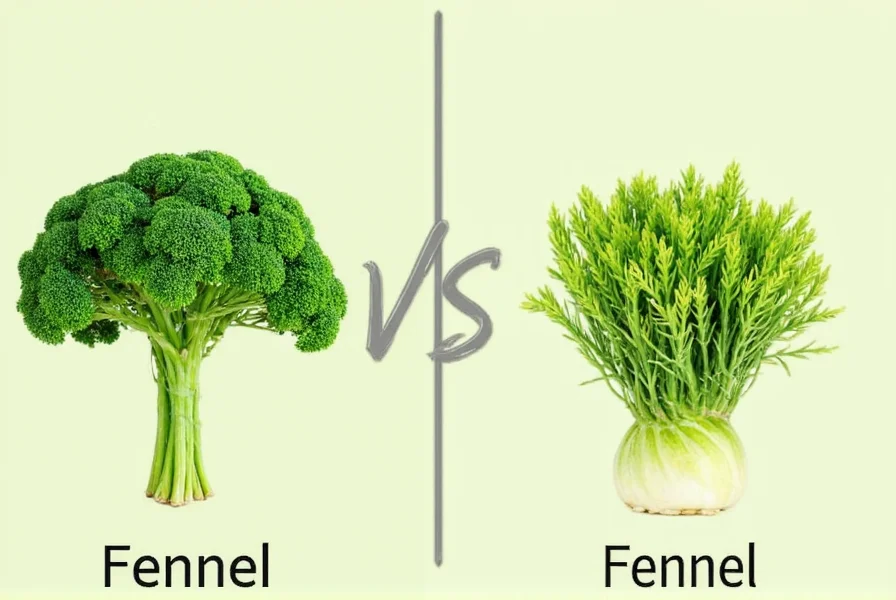Fennel represents one of the most versatile culinary and medicinal plants available today. When users search for "fenel," they're typically looking for information about this valuable herb but have encountered a common spelling variation. Understanding the correct terminology opens the door to exploring fennel's remarkable properties and applications.
What Exactly Is Fennel?
Fennel (Foeniculum vulgare) belongs to the Apiaceae family, sharing botanical relations with carrots, celery, and parsley. This perennial plant grows up to six feet tall in favorable conditions and features three distinctive edible components:
- The bulb - Crisp, white base with mild anise-like flavor
- The fronds - Delicate, feathery green leaves resembling dill
- The seeds - Small, oval-shaped fruits with intense aromatic properties
Native to the Mediterranean coasts, fennel has naturalized throughout much of Europe, Asia, and North America. Its cultivation dates back to ancient civilizations, with historical records showing Egyptian, Greek, and Roman cultures utilizing fennel for both culinary and medicinal purposes.

Culinary Applications of Fennel
Chefs worldwide prize fennel for its complex flavor profile that transforms when cooked. The bulb develops sweetness when roasted or braised, while raw fennel adds refreshing crunch to salads. Consider these popular culinary uses:
| Part of Fennel | Common Culinary Uses |
|---|---|
| Bulb | Salads, roasting, grilling, soups, slaws |
| Fronds | Herb garnish, pesto, fish seasoning, salad additions |
| Seeds | Baking, sausage making, tea blends, spice rubs |
| Pollen | Premium seasoning for vegetables, pasta, seafood |
Professional chefs often employ fennel in techniques that maximize its flavor potential. When preparing fennel bulb, remove the tough outer layer and trim the base before slicing. The inner core can be somewhat woody, so many cooks remove it for raw preparations but leave it intact when cooking, as heat softens this portion.
Nutritional Profile and Health Benefits
Fennel delivers impressive nutritional value with minimal calories. A 100-gram serving of raw fennel bulb contains approximately:
- 31 calories
- 7 grams of carbohydrates
- 3.1 grams of dietary fiber
- 12% of daily vitamin C needs
- 17% of daily potassium requirements
- Significant amounts of vitamin B9 (folate), calcium, and magnesium
Research suggests several potential health benefits associated with regular fennel consumption. The compound anethole, responsible for fennel's distinctive flavor, demonstrates anti-inflammatory properties in scientific studies. Fennel tea has traditionally been used to support digestive health, with modern research indicating potential benefits for reducing bloating and intestinal spasms.

Selecting and Storing Fennel Properly
When choosing fennel at the market, look for firm, heavy bulbs with crisp stalks and vibrant green fronds. Avoid specimens with brown spots, soft areas, or flowering tops, which indicate maturity beyond optimal eating quality. The best fennel feels substantial for its size with no signs of dryness or wilting.
Proper storage extends fennel's shelf life significantly. Keep uncut bulbs in a perforated plastic bag in the refrigerator's crisper drawer, where they'll maintain quality for 7-10 days. If you've separated the fronds, store them in a glass of water like fresh herbs. Fennel seeds retain their potency for 6-12 months when stored in an airtight container away from light and heat.
Different Fennel Varieties Explained
While all fennel shares basic characteristics, several distinct varieties serve different culinary purposes:
- Sweet fennel (Florence fennel) - The most common variety with enlarged bulbous base ideal for cooking
- Bitter fennel (wild fennel) - Features smaller bulb but more intense flavor, primarily grown for seed production
- Bruno fennel - Hybrid variety with particularly large, uniform bulbs
- Zefa Fino - Popular European cultivar known for cold tolerance and consistent bulb formation
Gardeners in temperate climates can successfully grow fennel from seed, though the plant requires a long growing season. It prefers full sun and well-drained soil, reaching maturity in approximately 90 days from planting. Fennel's yellow flowers attract beneficial insects, making it valuable in companion planting systems.
Potential Considerations and Side Effects
While fennel proves safe for most people when consumed in typical food amounts, certain considerations warrant attention. Fennel contains compounds that may interact with certain medications, particularly those metabolized by the CYP3A4 enzyme system. Individuals taking medications with grapefruit warnings should consult healthcare providers before consuming large quantities of fennel.
Pregnant women should moderate fennel seed consumption, as high doses may stimulate uterine contractions. Those with known allergies to plants in the Apiaceae family (carrots, celery, parsley) may experience cross-reactivity with fennel. As with any dietary change, moderation represents the wisest approach when incorporating new foods.
Common Questions About Fennel
Is fenel the same as fennel?
Yes, "fenel" appears to be a common misspelling of fennel. The correct botanical name is Foeniculum vulgare, and it's widely recognized as fennel in culinary, medicinal, and botanical contexts. The misspelling likely occurs due to phonetic similarities and variations in transliteration from other languages.
What's the difference between fennel and anise?
While both fennel and anise share similar licorice-like flavors due to the compound anethole, they're distinct plants. Fennel (Foeniculum vulgare) is a larger plant with a bulbous base, feathery leaves, and yellow flowers, while anise (Pimpinella anisum) is an annual herb grown primarily for its seeds. Fennel offers multiple edible parts including bulb, leaves, and seeds, whereas anise is mainly used for its seeds.
Can I substitute fennel seeds for fresh fennel in recipes?
Fennel seeds and fresh fennel aren't direct substitutes due to significant flavor and textural differences. As a general guideline, 1 teaspoon of fennel seeds equals approximately 1 cup of chopped fresh fennel bulb. For the closest flavor match, use a combination of fennel seeds plus a small amount of anise seed or star anise when substituting for fresh fennel in cooked dishes.
Does fennel help with digestion?
Traditional medicine systems have used fennel for digestive support for centuries, and modern research provides some evidence for these benefits. Fennel contains compounds that may help relax intestinal muscles, potentially reducing bloating and gas. Many people find relief from digestive discomfort by drinking fennel tea after meals, though individual responses vary and scientific evidence remains preliminary.
How do I prepare fennel for cooking?
To prepare fennel, first trim the stalks and remove any tough outer layers. Cut the bulb in half lengthwise, then remove the tough core if using raw. Slice thinly for salads or cut into wedges for roasting. The fronds make an excellent herb garnish. When cooking, remember that fennel's flavor mellows significantly—raw fennel has a pronounced anise note that becomes sweeter and more subtle when cooked.











 浙公网安备
33010002000092号
浙公网安备
33010002000092号 浙B2-20120091-4
浙B2-20120091-4